Articles
Knowledge Center
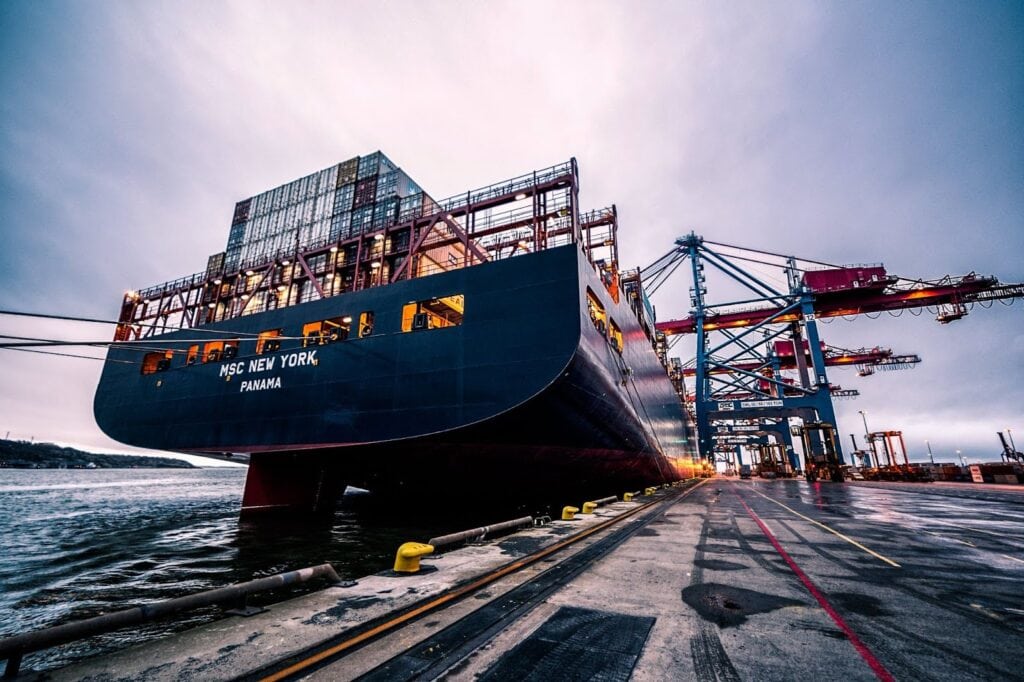
Bill of Lading (BOL): Definition, Example, and Importance
The Bill of Lading (BOL), derived from the old English word hladan, is a vital document in the logistics and transportation sector, serving as a legally binding contract of carriage and a detailed record of goods in transit. It is governed by strict regulations, including the Pomerene Act, ensuring legal compliance and providing a comprehensive […]
Read More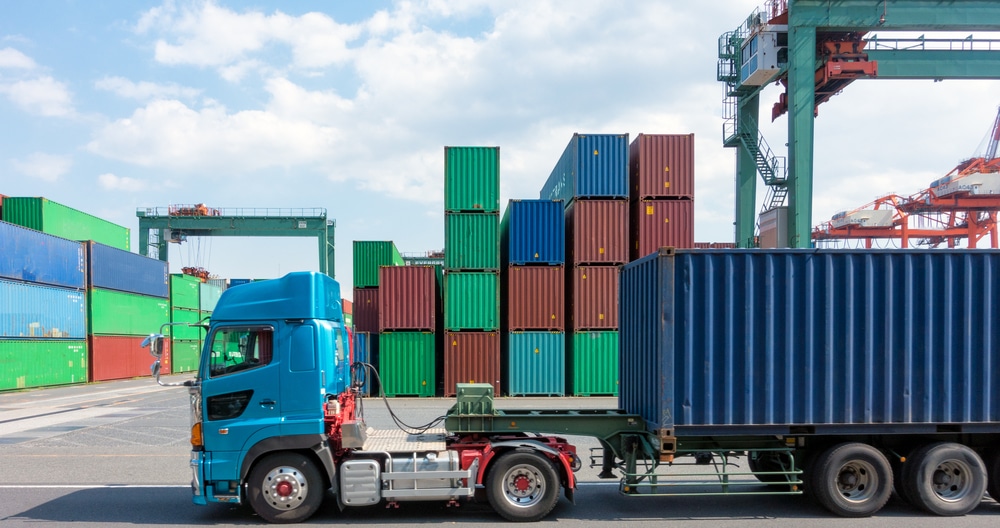
Drayage vs Cartage: Key Differences
Commercial shipping relies heavily on two essential methods for moving freight: drayage and cartage services. Each plays a distinct role in guiding goods to their final destination, from a port to a nearby facility or across short distances within a city. Though they serve similar purposes, the differences between drayage vs cartage are significant, and […]
Read More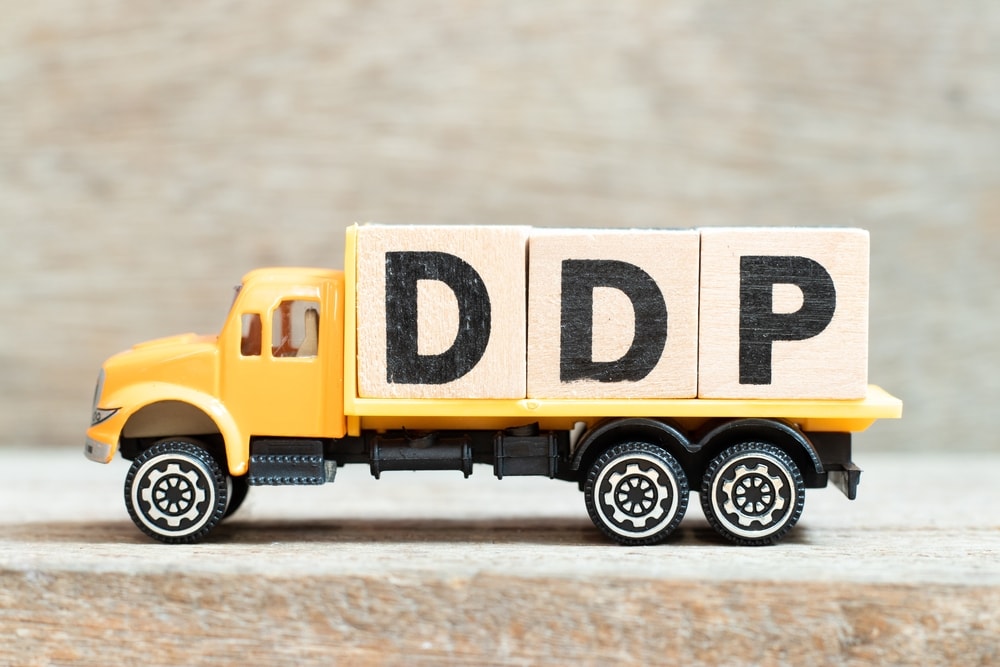
DDP vs. DAP: Definitions, Differences, and Key Considerations
In international trade, understanding shipping terms is crucial for businesses to make informed decisions. This article will compare two delivery methods: Delivered Duty Paid (DDP) and Delivered At Place (DAP). By exploring their definitions, differences, and factors to consider when choosing between them, you’ll be better equipped to navigate the complexities of international shipping. Definitions: […]
Read More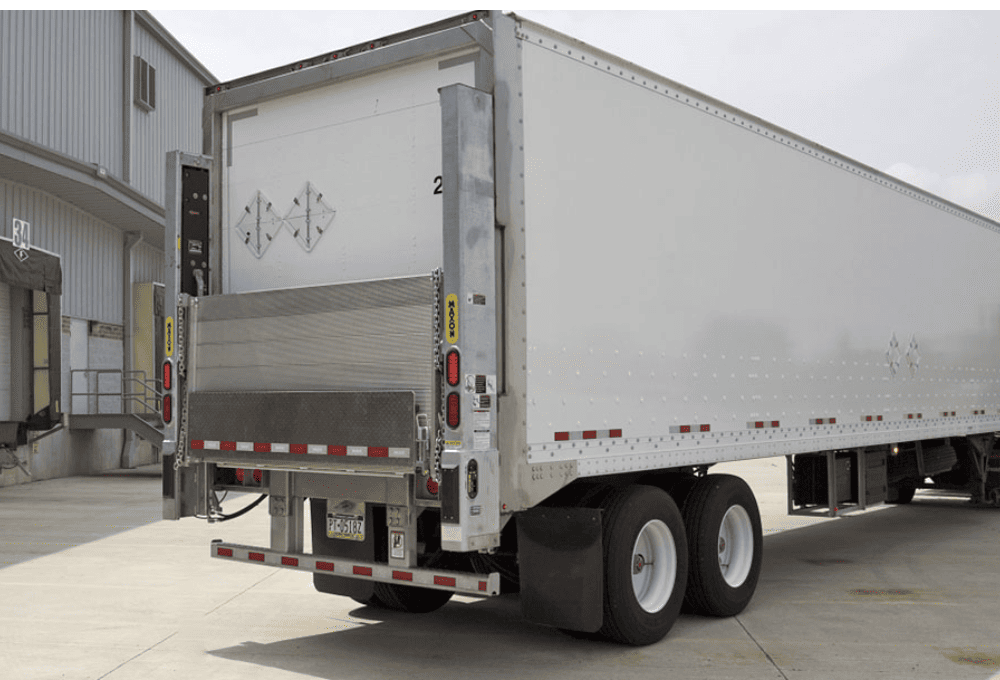
What is a Liftgate? Definition, How It Works, and Benefits
Liftgates facilitate the loading and unloading of heavy materials from trucks using hydraulic power to bridge the gap between the ground and the cargo space of a truck, proving indispensable in various commercial settings.
Read More
Warehouse Management: Meaning, Advantages, And Systems
Warehouse management is essential for businesses, ensuring compliance, efficiency, and accurate inventory management. Its success requires industry knowledge and strategic resource management. Explore further for key insights into warehouse management. What Is Warehouse Management? In supply chain operations, warehouse management refers to the comprehensive process of supervising and controlling all aspects of a warehouse’s performance, […]
Read More
Dump Trucks: Industry, Types, and Applications
Dump trucks are multifaceted vehicles, with wide-ranging applications across the construction, mining, and transportation sectors. Understanding the industry and the benefits and applications associated with the various types of dump trucks is key for maximum efficiency of use.
Read More
Courier vs Freight: Which is Best for Your Shipping Needs?
The choice between freight and courier shipping depends on the specifics of your shipment, including size, weight, urgency, and cost considerations. Here is a closer look at the two transportation types as well as their benefits and drawbacks.
Read More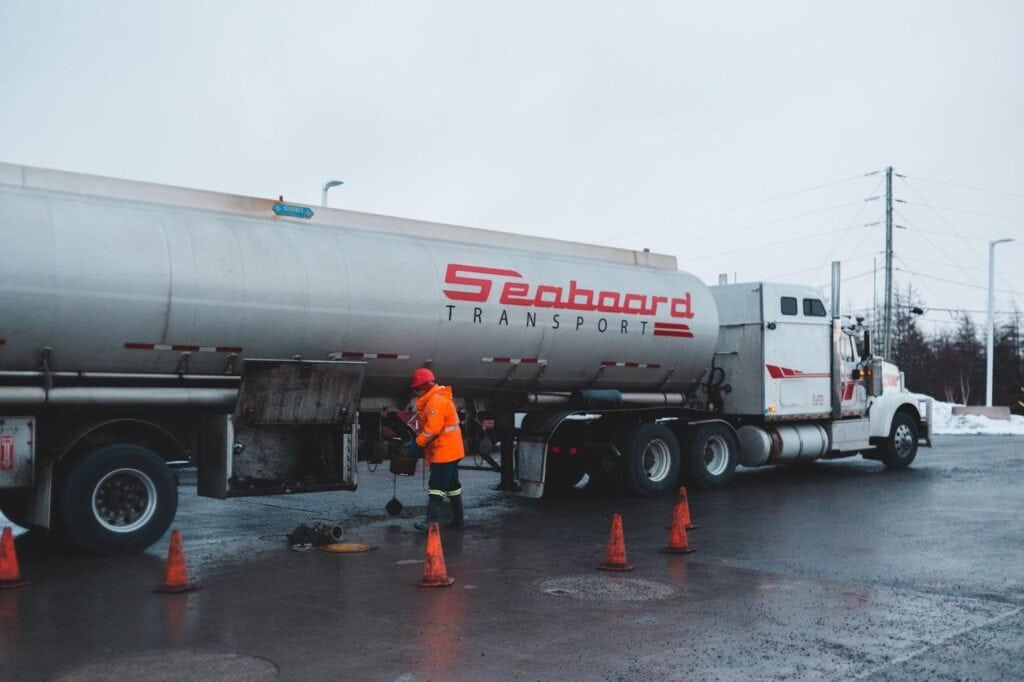
Tanker Trucks: Types, Capacity, and Safety
Tanker trucks play a crucial role in the transport industry, efficiently moving various liquids and gases, including fuel, chemicals, and water. These vehicles come in various sizes, from small to large capacities, ensuring the safe and effective delivery of essential substances across distances.
Read More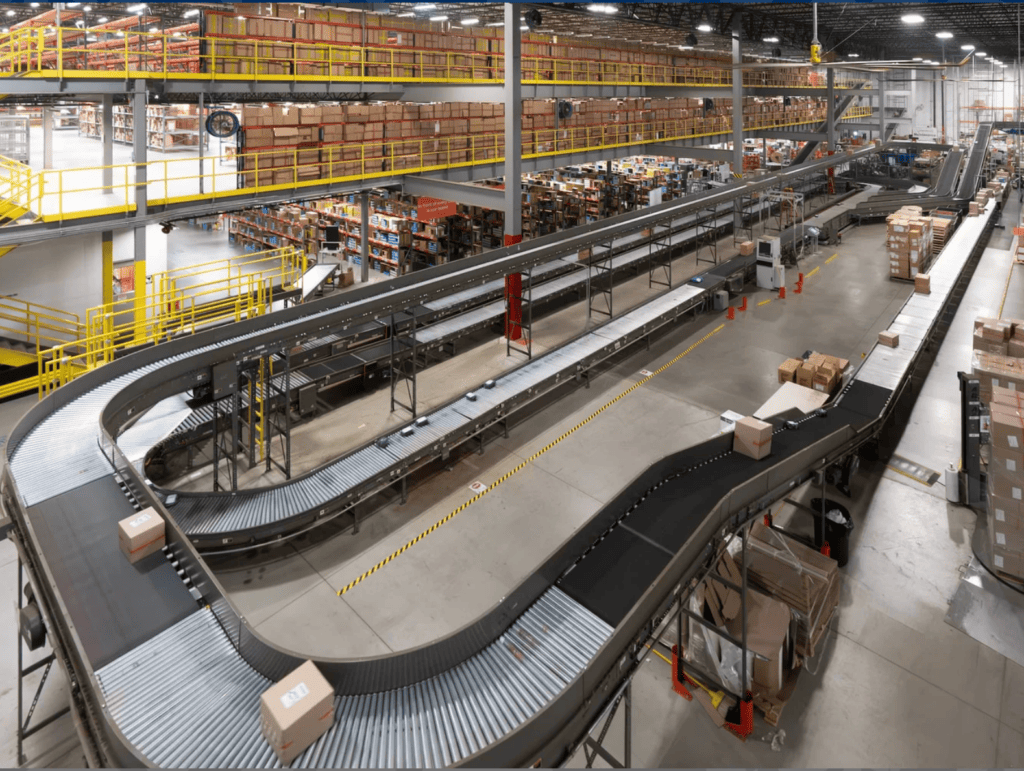
What Is Pick Pack and Ship? Benefits, Challenges, and Tips
In today’s fast-paced world of e-commerce, businesses strive to streamline their operations to provide the best customer service while maintaining profitability. One significant aspect of this efficiency drive is a procedure known as ‘pick pack and ship.’ It is a crucial aspect of the supply chain and fulfillment process that can directly impact a company’s […]
Read More
Channel Strategy vs. Logistics Management: Why They Matter and Their Key Differences
Channel strategy vs logistics management––here is everything you need to know. Understanding the differences and correlations between channel strategy and logistics management is paramount in the vast realm of the shipping, logistics, and supply chain industry. These concepts dictate how products move from manufacturers to consumers and influence the efficiency and profitability of the businesses […]
Read More